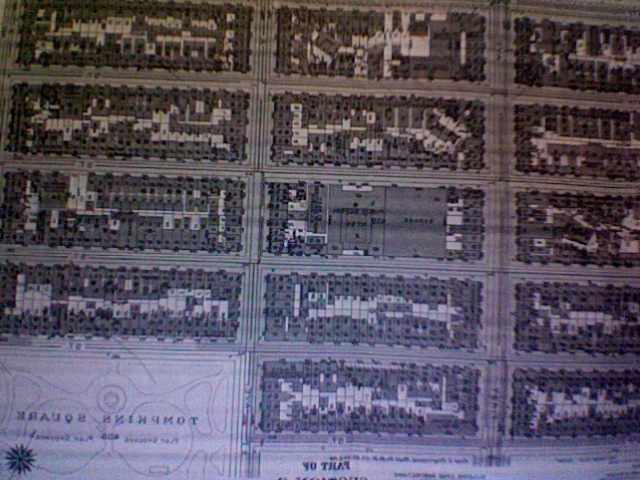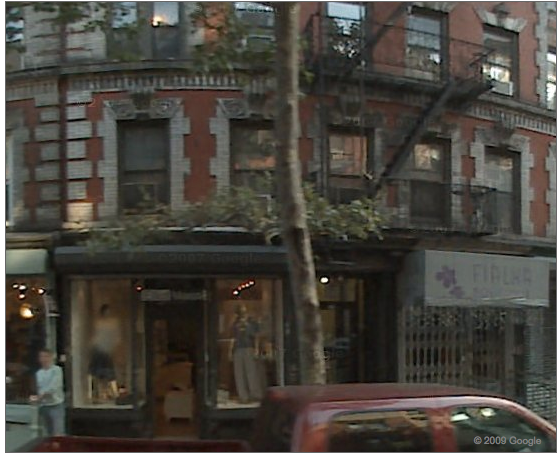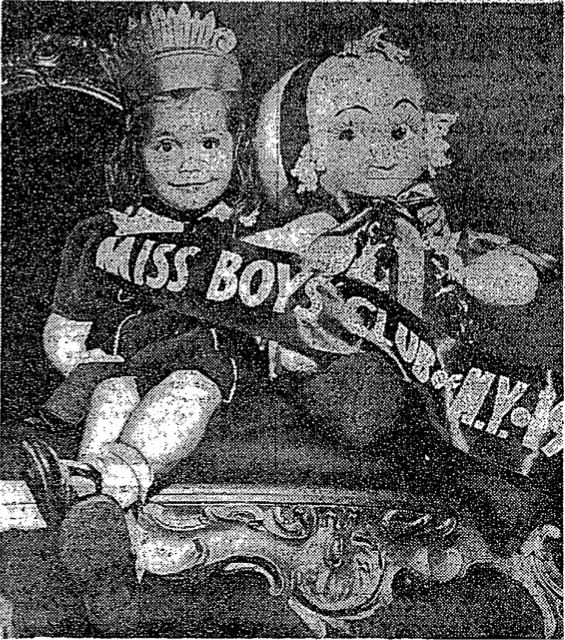The Ninth Street DelimaFrom The Peopling of New York CityAnd now, Let's Walk through time, into the ancient history of east 9th street.
Proposal
Walking in the Village WonderlandThe cozy buildings towered over me as I walked down the moon lit street. A canopy of Christmas lights were strung overhead, and behind the pale white sky, they twinkled like stars. The snowfall obscured my vision, but the bright storefront displays pierced through the haze. Fabrics, trinkets, foods, clothes and toys were floating in the white cloud that had consumed my home. My young eyes peered into an ancient world, yet still so vibrant with life that the very streets were being painted by its residents. As I neared my apartment building, I looked back, considering the lactescent sky where looming skyscrapers would soon be visible. The memories of my imagination still resonate most strongly with my memories of living on 340 east 9th street. Those skyscraper-conspirators finally made their way to my apartment, evicting my family on unfulfilled claims of “owner occupancy”. So the dream was shattered as quickly as new residents took hold of the neighborhood, as the very face of the place was lost to a new rush of people. However, I did not fail to consider myself in a larger context. “What rush was I a part of?” I had obviously not lived in the place for the entirety of its existence; the buildings I saw around me must have dated back to the early 20th century. Thus, my home and my experience being forced out of it could only be a modern replication of the same passage earlier generations set upon. In the heart of the east village, there was an old culture that I still felt resonate about the place through out my child hood. There was a community separate from the rest of New York, old entrepreneurs mixed with drug addicts, and musicians still held in balance for on lookers to consider both the old and new history of the area. However, the crowds those musicians brought soon out dealt the old men, and the drug addicts faded as Giuliani’s militant tactics cleaned up the city. In the wake of it all, the streets were repaved, the paints of self-expression washed away. Curiously though, when I walk down 9th street, the block between first and Second Avenue cozily sits below the height of a fire fighter ladder, and the Christmas lights still go up every year. When it is snowing, you can almost see the brown paint pealing and my old blue building taking form in its wake. ¬The location of the block I have chosen embodies the recent trend of new residents and the gentrification of once affordable neighborhoods. After speaking with a local antique store owner, I was disheartened by his spiraling tale of loss. He gave me a brief time line of the economic values of the apartments he had owned over the years, claiming he had never witnessed a jump in price more extraordinary than the recent acceleration in the buildings surrounding him. His store, which is not sizable by any stretch, was slipping through his financially barren fingers. The old thrift store owned by an eccentric man, cliff, was closed, to make way for the trendy “poppet”. Once a bustling place for creative indulgence, now a wasteland for gratuitous spending. The ArchitectureIronically, the architectural design of the street has remained intact since the tenement developments of the early 20th century. Some new buildings have been constructed, such as the low rise building 320 East 9th street, constructed in 1980 :
The TenementsThe construction of tenements is marked both by the outward beauty of ornate window frames and the buildings trim, and a corrupt history of greed. The first law enacted defining the parameters for tenement building development was in 1867, which provided little benefit for the coming working class immigrants. Concerning the accommodations for ventilation, it reads: "Ssc 68 Windows in rooms: In every tenement house hereafter erected the total window area in each room except water closet compartments and bathrooms shall be at least one tenth of the superficial area of the room [3] While imposing the implementation of windows in every room, the railroad style apartment offered little fresh air for the dark middle rooms. Before that, there existed no state or federal laws, giving land owners free reign over their constructions. The new law stated that for every 20 tenants an outhouse or privy, connected to the sewers if possible, was to be provided. Also, transoms were to be constructed in the inner rooms. Unfortunately, these meager parameters were unenforced, it wasn’t until the Tenement House Act of 1901 that any real improvements were made. [4] The law, enacted in 1879, required a toilet installation for every two families. Each apartment was to have proper ventilation and window access. However, many of the tenements built violated the law. As reported in The Tenement House Problem, "the law since 1879 has required that every living room in a tenement house thereafter erected should have a window opening directly to the outer air it is apparent that these buildings have for more than twenty years been violating fundamental sanitary rules." [5] The Tenement House Department was designated to inspect all houses to ensure the requirements were met, and after a debacle with the real estate owner Kate Moeschen, the law was upheld in the supreme court. All the pre-war buildings on 9th street follow the basic design set by the Tenement House Act of 1901, and have been adapted for modern use.[6] In fact, many of the buildings surrounding my own had back yards, presumably the location of the public privies. So waste dump became a backyard luxury. Jacob Riss, the 19th and early 20th century social activist of the lower east side, documented the state of tenement housing and its peoples in his two books, How the Other Half Lives and The Battle with the Slums. While considering the layout and construction of the tenements architectural design he writes, “Bedrooms in tenements were dark closets, utterly without ventilation. There couldn’t be any. The houses were built like huge square boxes… Forty thousand windows, cut by the Health board that first year, gave us a daylight view of the slum: ‘damp and rotten and dark, walls and banisters sticky with constant moisture…’ forbid the putting of a house five stories high, or six, on a twenty-five foot lot, unless at least thirty-five percent of the lot be reserved for the sunlight.” [7] A similar report was given by the Citizens Council of Hygiene in 1866. While considering the cholera epidemic, they noted the quality of tenement construction and life. They wrote, “Not only does filth, overcrowding, lack of privacy and domesticity, lack of ventilation and lighting, and the absence of supervision and of sanitary regulation still characterize the greater number of the tenements; but they are built to a greater height in stories; there are more rear houses built back to back with other buildings, correspondingly situated on parallel streets; the courts and alleys are more greedily encroached upon and narrowed in unventilated, unlighted, damp, and well-like holes between the many-storied front and rear tenements; and more… are created as the demand for the humble homes of the laboring poor increases.” [8] The DevelopmentThe Initial industry that fueled the development of population in the East Village was the profitable ship building industry. In the early 1800s, the East River provided better shelter from the winter weather hazards. Developments in transatlantic expedited the businesses, increasing the demand for migrant workers. [9] Other industries tied to ship building, such as iron working, fostered as well, only increasing demand for labor. The Irish settled mostly around five points, whereas the Germans, already north of them, expanded up into the East Village during the 1840s [10]. During this time, the tenement development surged, with over 1,200 tenements built By the 1850s, however, iron hulled steam ship development depreciated the original ship building industry. Since the larger ships were better able to dock on in the Hudson river on the west side, soon to did the East Village docking area loose its hold as the main docking port.[11]. As a result, the main east village industries shifted towards Iron manufacture, printing and publishing, and especially textile work. [12] Cheap, home-based textile work by immigrants kept the industry from developing into mass produced factory work.
The PeopleThe first wave of mass population to characterize the neighborhood met with conflict from the encroaching group of a younger generation, facing what would become a similar conflict as my own eviction. The conservative Slavic of the earliest generation considered their new arrivals with negative scrutiny; their garish stores with oddities and fur coats challenged the uniforms of their traditions. However, such stores like the 9th street bakery still remain today. Better yet, one Mrs. Ernie Garcia, whose husband had made custom shirts since the late forties, reported she “personally likes [the new comers], though a lot of old timers don’t. I think it’s interesting, but I’m artistic, and I like to look at artistic things. And I have a son who wears his hair long so I have to be understanding.” [13] The ties between communism and the artistic were deeply ingrained in the media at the time, 1969, having found their way into the older cold war generation as well. They steer clear of the wave of clothing and fabric shops, with their elaborate and colorful designs. Such places still dominate the storefronts of east 9th street, such as the Maria which features jeweled dresses and fabrics.
Quite a few of the victims of the SS General Slocum accident held residence in the east village, more specifically, there were several people who had taken residence on 9th street between first and second avenue. Among them include: Mrs. Lizzie Kopf, and Ellis of 337 east 9th street, Jonk, Bertha of 314 east 9th street, Horway, Carl of 313 9th street and his family Delia, Johanna, Courtlandt Horway and Ohl, Carl. [14] Mrs. Lizzie Kopf was of German descent, and 32 two years of age, having lost her child Ellis in the accident with her. [15]
The local sect of the Boys’ Club of New York, the Harriman Clubhouse, served to house thousands of lower east side children, some of whom lived on 9th street. One such member was 340 east 9th street resident Peter Berkey and his sister Victoria who won the Little Sister Beauty pageant and titled queen of the Boys Club in 1949.[16]
|




